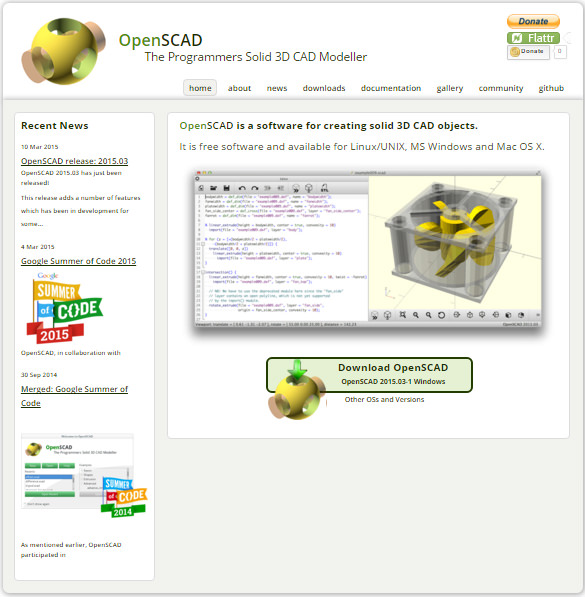Dec 30, 2016 If you’re not much of a mouser, you can just hit the key combo of Command + Shift + L, and a Finder window will appear showing the /Library directory of the active user account. Always Show the User Library Folder in macOS Sierra. If you are an advanced user, you might want to always display the user /Library folder in your user Home directory. Jan 12, 2020 Launch Terminal, located in /Applications/Utilities. Enter the following command at the Terminal prompt: Press Return. Once the command executes, you can quit Terminal. The Library folder will now be visible in the Finder. Should you ever wish to set the Library folder. Mar 12, 2015 By default, the /Library folder is hidden on Mac. This is a folder that Apple feels you shouldn’t need access to most of the the time, but occasionally, you may need it for specific things. I use it often to view the preferences for the apps I have installed on my Mac.
Problem to be Solved

You’ve got a great backup of your OSX computer, and you need to get something back from the Library folder, say something in the Application Support subfolder. Add hidden library to favorites mac. These instructions will show you how to do unhide the User Library folder on the external drive or even on a second Mac.
Credit goes to Steve Davidson for teaching me how to do this.
Let’s Start with a Remote Mac Because the Syntax is Simpler
On the remote Mac, enable Remote Login (https://www.podfeet.com/blog/how-to-set-up-a-mac-for-remote-login/) and use the ssh command to Secure Shell into the remote Mac. In this example, our local machien name is Podfeet-rMBP, and our remote Mac’s name is Core-i7-4.local.
I have the same user account on both but I used the allison@ the beginning to show you how to enter your user name if it’s different on the other Mac.
Note that the Library Folder is Not Visible

Here’s a screenshot of the remote Mac Core i7, and the Library folder is invisible.
Enter the chflags nohidden Command
User Library Folder is Now Visible on the Remote Mac
Next Let’s Repeat This On An External Volume
My backup drive has a nice long annoying name “Core i7 backup 2011 03 03”. As you can see I have a backup of my home (allison) directory but I can’t see the Library folder.
Repeat the chflags Command
In this case we have the same command but we have to navigate first to Volumes, then to the specific backup drive name (with those annoying spaces replaced with and space) and then to the user directory and then Library.
To be honest it might be easier to change the name of the volume not to have spaces than it is to type it this way!
DYLDLIBRARYPATH does not behave like LDLIBRARYPATH. The OS X dlopen documentation specifies that when providing an absolute path, it will first look in locations specified by DYLDLIBRARYPATH:When path contains a slash but is not a framework path (i.e. This is due to the system blas/lapack not being a full implementation of the ATLAS libs.DYLDFALLBACKLIBRARYPATH will not produce these problems.When installing libraries to a non-standard location, DYLDFALLBACKLIBRARYPATH is much more sane. This will look for symbols in libraries provided in the default paths and if the symbol is not found there, fall back to the specified path.The benefit is that this process will not cause symbol lookup errors in applications compiled against the default libraries.In general, when libraries are installed to non-standard locations absolute paths should be specified which negates the ambiguity of the dynamic lookup. Mac library path.
Or you could use quotes like this:
Now Your Library is Visible on Your Backup Volume
View Users Library Directory Mac
Important note – you only have to do this one time, every time you connect your external drive the Library will be visible.